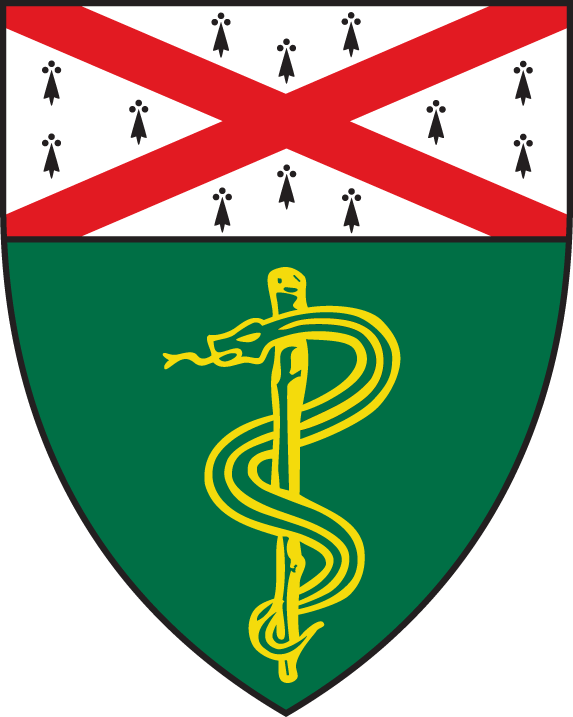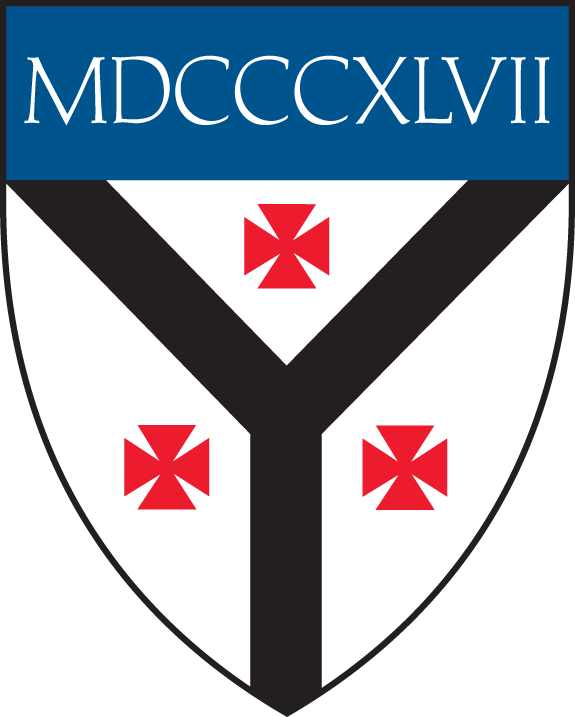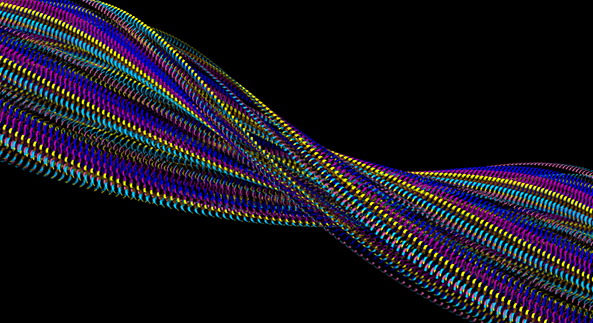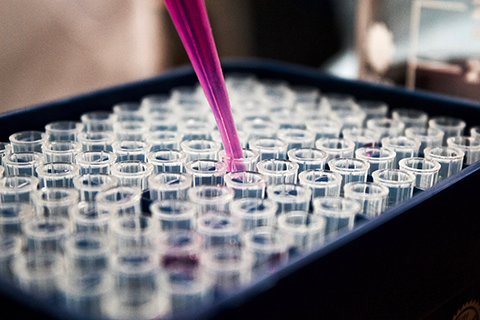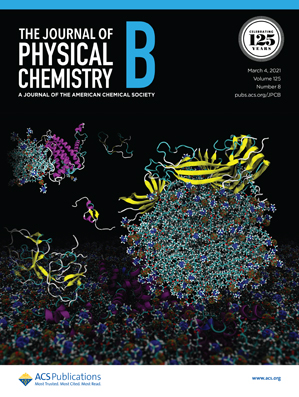Single Molecule Fluorescence
Reversible and irreversible protein oligomers drive a multitude of physiological and pathological events. However, the inability to regulate promiscuous and long-lived proteinaceous complexes results in a wide variety of debilitating diseases, including amyloid disorders such as Alzheimer's Disease and Diabetes. These same species potently induce cellular senescence and are strongly coupled to aging pathways, making them an attractive target for senolytics or related therapeutics. Our group utilizes single molecule fluorescence techniques such as single-molecule FRET (smFRET) to identify heterogeneous oligomers that are difficult to resolve with ensemble methods. Our focus on individual molecules also allows us to make comparisons to molecular simulations and synergistically bridge in silico and in vitro observations.
